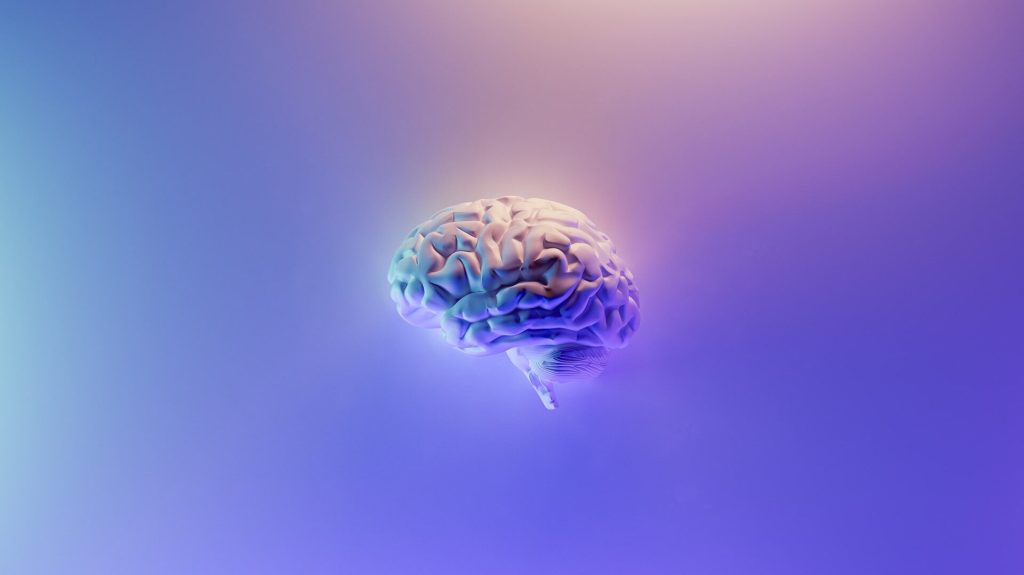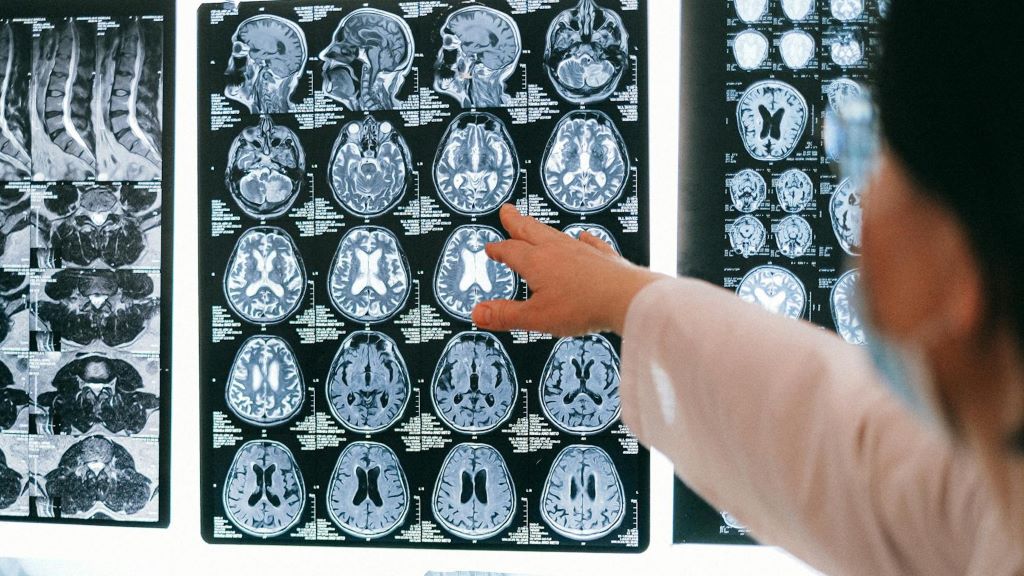Dopamine has an Unexpected Role in Memory Devaluation

New research out of Michigan State University expands on current understanding of the brain chemical dopamine, finding that it plays a role in reducing the value of memories associated with rewards. The study, published in Communications Biology, opens new avenues for understanding dopamine’s role in the brain.
The research team discovered that dopamine is involved in reshaping memories of past rewarding events – an unexpected function that challenges established theories of dopamine function.
“We discovered that dopamine plays a role in modifying how a reward-related memory is perceived over time,” said Alexander Johnson, associate professor in MSU’s Department of Psychology and lead researcher of the study.
In the study, mice were presented with an auditory cue that had previously been associated with a sweet-tasting food. This led to a retrieval of the memory associated with consuming the food. At this time, mice were made to feel temporarily unwell, similar to how you feel if you’ve eaten something that has upset your stomach.
When the mice had fully recovered, they displayed behaviour as if the sweet-tasting food had made them unwell. This occurred despite the fact that when mice were made to feel unwell, they had only retrieved the memory of the food, not the food itself. This initial finding suggests that devaluing the memory of food is sufficient to disrupt future eating of that food.
The research team next turned their attention to the brain mechanisms that could be controlling this phenomenon. Using an approach by which they could label and reactivate brain cells that were engaged when the food memory was retrieved, the researchers identified that cells producing the chemical dopamine appeared to play a particularly important role. This was confirmed through actions that manipulated and recorded dopamine neuron activity during the exercise.
“Our findings were surprising based on our prior understanding of dopamine’s function. We typically don’t tend to think of dopamine being involved in the level of detailed informational and memory processing that our study showed,” Johnson explained. “It’s a violation of what we expected, revealing that dopamine’s role is more complex than previously thought.”
The team also used computational modelling and were able to capture how dopamine signals would go about playing this role in reshaping reward memories.
“Understanding dopamine’s broader functions in the brain could provide new insights into how we approach conditions like addiction, depression and other neuropsychiatric disorders,” said Johnson. “Since dopamine is implicated in so many aspects of brain function, these insights have wide-ranging implications. In the future, we may be able to use these approaches to reduce the value of problematic memories and, as such, diminish their capacity to control unwanted behaviours.”
Source: Michigan State University








